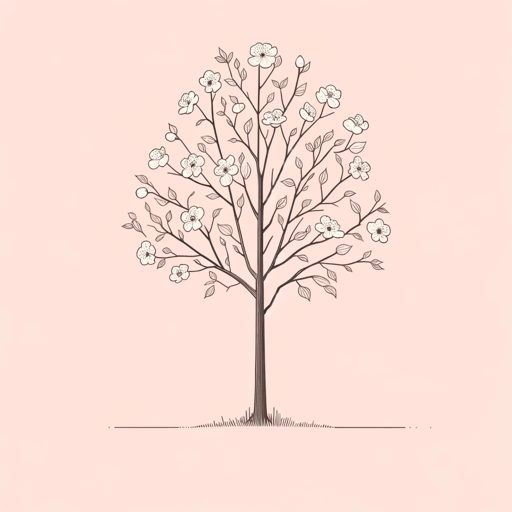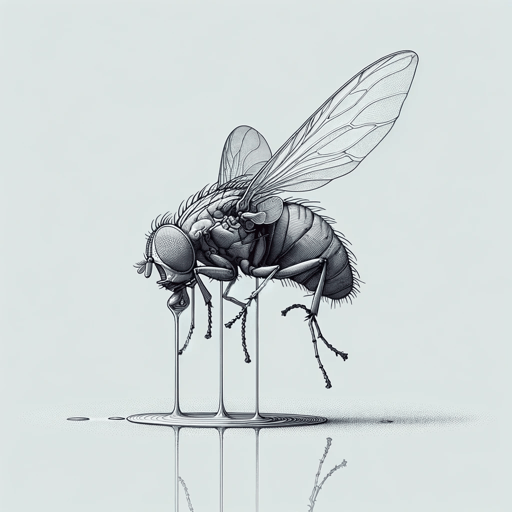56 pages • 1 hour read
Katherine MansfieldThe Garden Party
Fiction | Short Story | Adult | Published in 1922A modern alternative to SparkNotes and CliffsNotes, SuperSummary offers high-quality Study Guides with detailed chapter summaries and analysis of major themes, characters, and more. For select classroom titles, we also provide Teaching Guides with discussion and quiz questions to prompt student engagement.
Background
Historical Context: World War I
While the characters in “The Garden Party” are not bound by a specific historical period, this story demonstrates how World War I (1914-1918) profoundly impacted many authors of the 1920s. During this decade, the European continent experienced political, economic, and social upheaval, including the rise of fascist ideology and leadership, the spread of communism, and the economic collapse and devaluation of currencies, such as in Germany’s Weimar Republic. Placed in the historical context of war, Mansfield’s work takes on new significance, especially with its characteristic themes of mortality, disillusionment, and emotional alienation. Analogous to how Laura’s adolescent naiveté crumbles upon meeting the somber reality outside her household gates, the author’s generation ended its adolescence with World War I and was ushered into an era of maturation characterized by confusion, disarray, and restructuring.
For Mansfield, this story is a personal reflection on not only the broader themes of life and death in post-World War I Europe but also her own experience of being a young woman navigating the world. Literary scholars have compared Mansfield to Laura, as the author left behind her privileged upbringing in New Zealand to face the realities of the world in the United Kingdom.
Related Titles
By Katherine Mansfield







